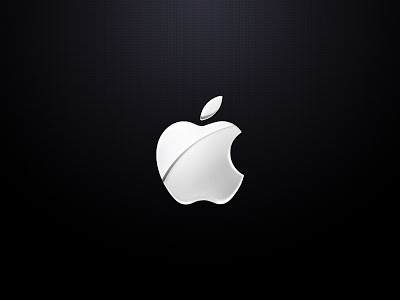
We think no. Apple will not get into 3D printing anytime soon.
There’s several reasons we take this view. First, remember that Apple’s mantra is to produce “insanely great” products, products that have an ease of use that is significantly better than previous offerings from competitors.
Can Apple achieve this goal in 3D printing? Perhaps, but we think there is such a long way to go, it won’t be soon. Here’s our thoughts on some of the barriers they’d have to overcome before launching a 3D printing product:
- Safety. Recent reports indicate that some personal 3D printers, specifically the plastic extrusion variety, emit nano-particles at levels similar to cigarette smoke. Before offering a plastic extrusion device, Apple would have to resolve this, perhaps by including appropriate embedded blowers and filters in their design. The good news: this is easily done.
- Reliability. All current 3D printers, both personal and commercial, suffer from print failure. The issue revolves around the fact that a 3D printer has a great number of moving mechanical parts, some at high temperatures. These combine to introduce failures from time to time. In our experience, the print failure rate is vastly higher than would be tolerated for an Apple product. Apple’s challenge would be to somehow make the print operation much more reliable.
- Design ecosystem. Many issues surround the current state of 3D models. Some 3D models cannot be successfully printed; others are priced too high for consumers; Models are hidden in disparate, difficult-to-search repositories; The legalities of model sharing are embryonic. Apple would be challenged to overcome these barriers and create a seamless, useful and growing 3D model ecosystem that provides content for 3D printers to print
- Ease of Use. Like it or not, the current state-of-the-art in personal 3D printing workflow is likely beyond the capability of most of the population. However, Apple seems to be pretty good at simplifying things for everyone to use.
- Process. The 3D printing process used by Apple’s hypothetical 3D printer must be different. Currently available approaches such as plastic extrusion and laser-fused resin may not be suitable for a large-scale consumer 3D printer: they are too slow. Other processes are still under patents held by various companies.
- Market. Apple is one of the largest companies in the world today; their ventures must be of a scale appropriate for large-scale financial returns. At this point, the personal 3D printing market is unproven, small and populated by early tech adopters – precisely the people Apple typically doesn’t target.
Daunting, aren’t they? Were Apple to consider this direction, we suspect they’d start by purchasing a small 3D printer manufacturer and work with them behind to scenes to gradually develop a product that could be released just in time to catch the first large-scale consumer waves in the future. If they do purchase one, or even land a few researchers from such a company, watch for an Apple 3D print venture several years later.

